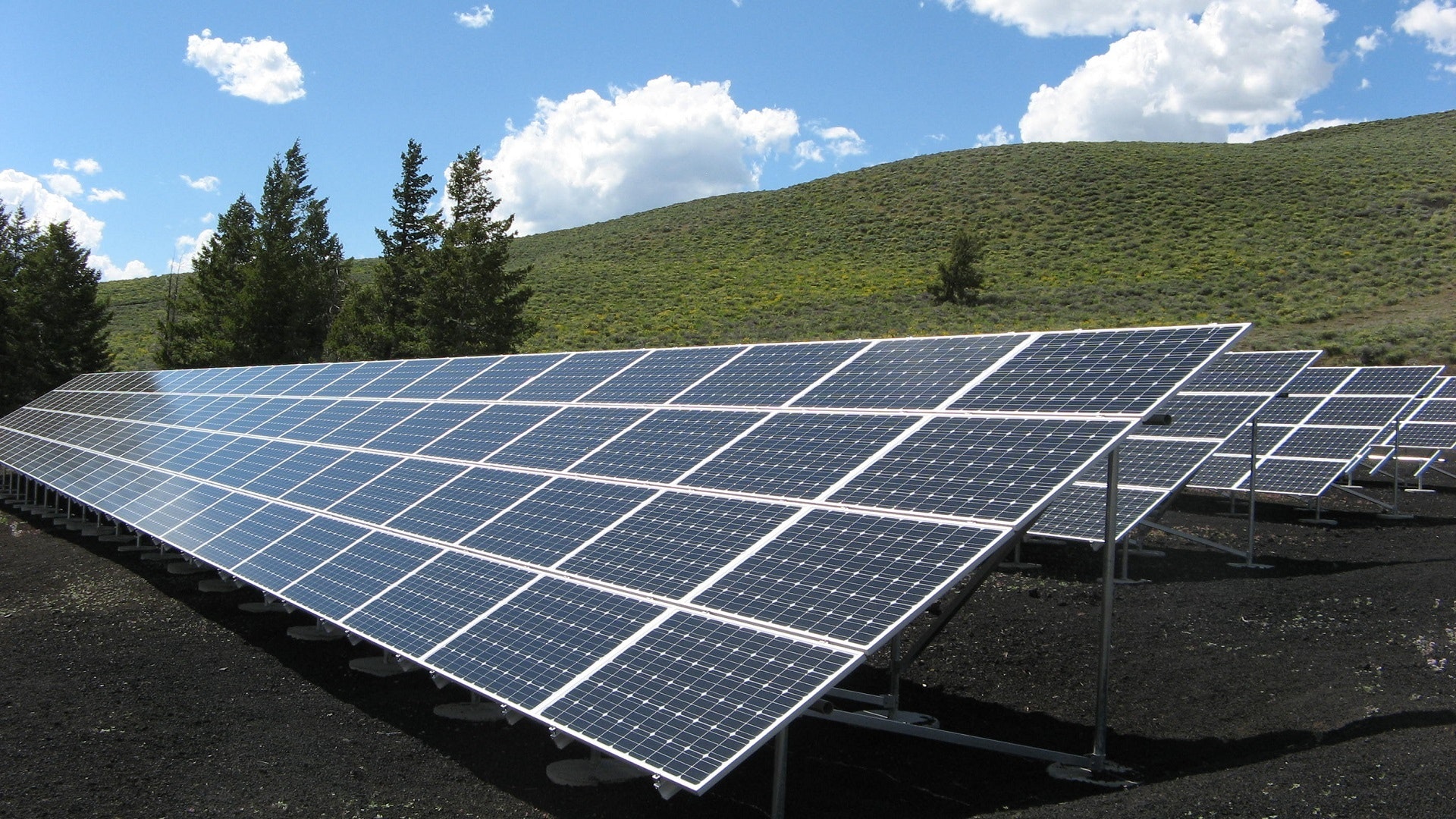Solar panels are complex devices that allows you to convert light energy into electrical energy – and the more light hits its surface, the more power it will generate.
The panels are positioned at a certain angle to the sun, and because of this, they are prone to the accumulation of various pollution (look at your windows or car windows) bird droppings, general pollution, smog, dust, grass residue, pollen, etc. pollution reduce the amount of light reaching the panel, and, accordingly, the generation of electricity at the output (which is declared by the manufacturers).
The second important factor in the need for cleaning is the premature degradation of the crystals, and then the panel as a whole. In the long run, this is lost profit.
Therefore, it is very important to keep the surface of the solar cells clean so that the generation of electricity corresponds to the predicted value.
While solar panel cleaning is relatively new, it has been around for a long time in other countries. Early customers realized that if their solar panels were not cleaned regularly, they would not operate at optimal performance.
There has been a study in the US suggesting that solar panel cleaning is not required in some regions due to climatic conditions, but in Europe it has been proven that solar panel cleaning is necessary and is a significant procedure when maintaining grid-mounted solar power plants.
Did you know that dirty solar panels can lose up to 20% efficiency? The Solar Energy Association of Great Britain notes the same fact. The UK’s National Renewables Laboratory further pushes this figure to 25%. Recent studies at universities have shown that a dirty solar panel can lose 50% of its efficiency compared to a clean solar panel.

